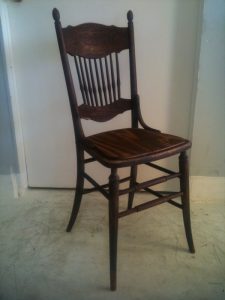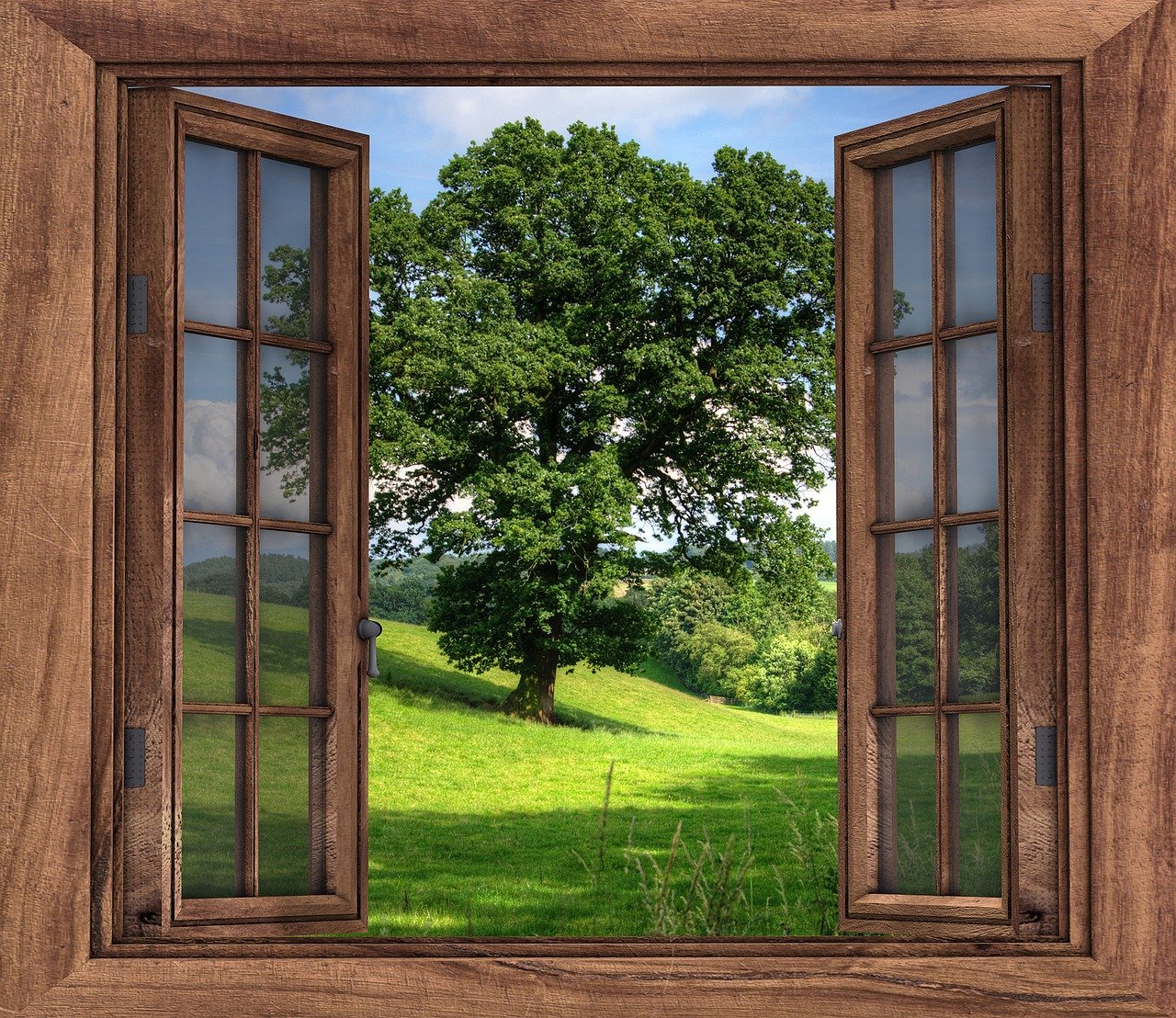
We all love our antique pieces. They are lovely, have a glow and warmth that new wooden pieces just do not have. The glow is known as a patina, and it takes decades to develop and build up. With some types of woods, it takes centuries to get that lovely patina. Even if the surface of the piece gets scuffed or marked, all of it adds to the charm and character of the furniture. However, the wood can sustain damage pretty easily (sometimes beyond repair) if you do not properly take care of it. So, if you are lucky enough to own an antique piece of furniture, you will want to ensure it gets the right treatment and care. To get you started, we have listed a few tips.
Think about Position
For most individuals, antiques are pieces to be displayed in the house and not hidden in a private room somewhere. However, it is imperative to be careful where you place it. Just because that antique chair looks best when positioned near the window does not mean it is the best position for it to live. Exposure to direct sunlight tends to take a toll on wood and it will result in an antique piece with uneven colour. Exposure to the heat from the sun can lead to wood cracking and even cause the veneer to lift off. The home’s central heating can eventually dry the wood, and so you will need to wax the piece more often than you would think. There are so many environmental factors that can take a toll on the condition of an antique piece, and so you’ll want to be careful about where you keep it. Keep the piece in a room with moderate temperature and humidity, well-ventilated and away from direct sunlight.
Wax the Piece Regularly
Remember that lovely patina we mentioned earlier? Well, it requires maintenance to keep it building up and looking good. You can achieve this by waxing the antique piece often. Natural beeswax is the best solution as it will protect the surface, bring out the grain’s colour and nourish the piece further down. Natural beeswax gives the best protection compared to most of the sprays out there, which can actually damage the piece. The waxing process is pretty simple. Just put a little wax on a clean, soft and lint-free cloth and then rub it in the direction of the grain. Do this until the surface starts to shine and glow. If the wood has dried over time, the wax will soak quickly. If this happens, keep applying the wax until the glow or shine sticks around. It’s advisable to wax your antique pieces every few months for proper maintenance.
Moving and Handling
Most furniture pieces break or get damaged when moving. Squeezing through narrow pathways and transporting the pieces in crowded trucks are part of the moving process, but this should not be the case with antique pieces. You should treat these pieces with the utmost care by moving them as gently as possible. When moving, ensure you have at least two people to move it in order to avoid dragging, scuffing and chipping. Avoid tilting antique chairs back on their legs as this can damage the joints. Instead, use furniture glides or castors to protect the base. Also, lift from the frame’s lowest part and remove drawers before moving the units. This might seem obvious, but it’s worth stressing as rough handling is one of the primary causes of damage to wooden antique pieces.
Despite our best efforts, sometimes antique pieces sustain damage. However, this does not mean it is lost forever. A skilled and experienced restorer will be able to repair your damaged piece, matching its distinct style and even making the repair undetectable. However, this calls for a lot of skill and can be time-consuming. As such, it’s best left to the professionals: furniture restorers such as the Abbey Group, for instance.
